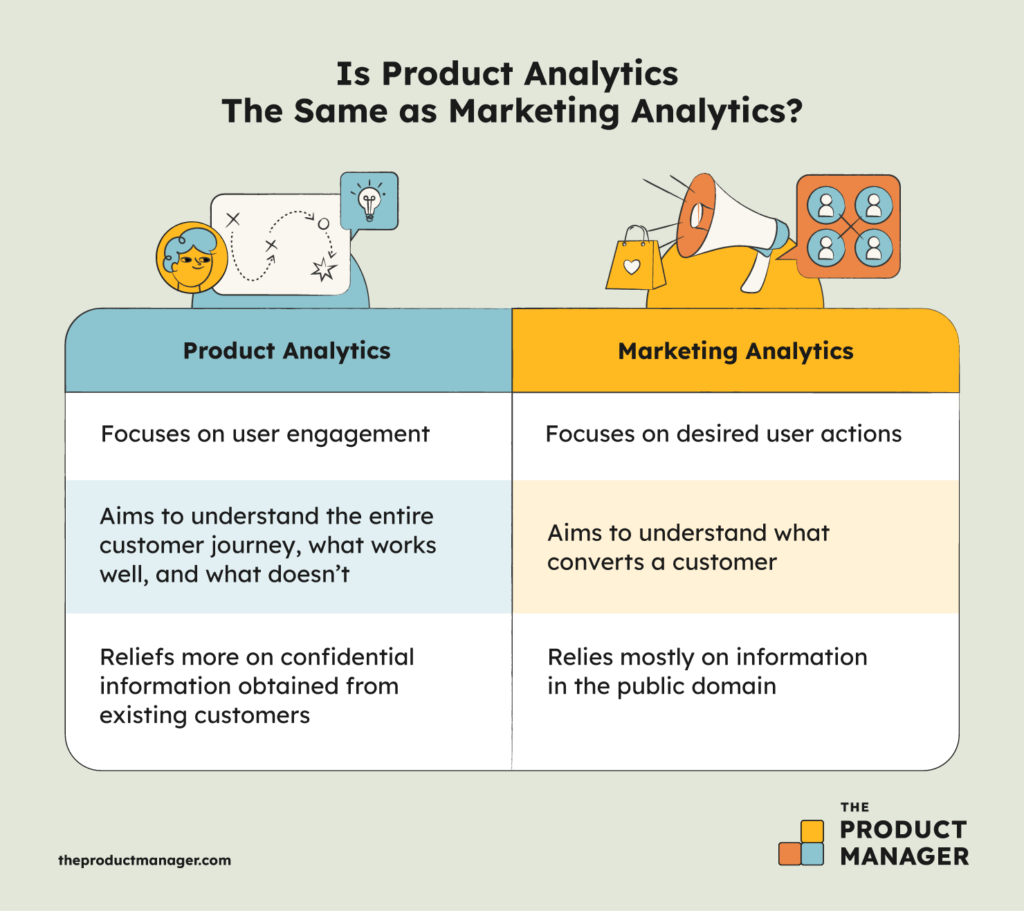Subscription box services have taken the e-commerce world by storm in recent years. From beauty products to gourmet snacks, there seems to be a subscription box for every niche interest. As a product manager, you might wonder how to leverage this trend for your own products or services. In this guide, we’ll explore the world of subscription box services and how you can apply key principles to your product management strategy.
Introduction
The Rise of Subscription Box Services
Subscription box services have gained immense popularity in recent years, disrupting traditional retail models and providing consumers with a curated and convenient shopping experience. These services deliver a selection of products directly to customers’ doors on a regular basis, often monthly. From cosmetics and snacks to books and clothing, there’s a subscription box for nearly every interest and lifestyle.
Why Product Managers Should Care
As a product manager, staying ahead of consumer trends and finding innovative ways to engage customers is crucial. Subscription boxes offer a unique opportunity to connect with your audience on a recurring basis, fostering loyalty and generating a steady stream of revenue. By understanding the principles and strategies behind successful subscription box services, you can adapt and apply them to your own product management approach.
In this guide, we’ll delve deep into the world of subscription box services and explore how product managers can leverage this trend to enhance their product offerings and customer engagement. We’ll cover everything from market research and product selection to pricing strategies, logistics, and customer retention. So, let’s dive in and unlock the secrets to subscription box success!
Understanding the Subscription Box Model
How Subscription Boxes Work
At the core of subscription box services is the concept of convenience and surprise. Customers subscribe to a service and receive curated products regularly, often with an element of personalization. This model creates a sense of anticipation and delight, making customers look forward to each delivery. Product managers can adapt this approach by creating subscription-like experiences within their existing product lines, offering customers the option to receive regular updates, upgrades, or exclusive content.
The Appeal of Subscription Commerce
Subscription boxes tap into several psychological and behavioral factors that make them appealing to consumers. These include:
Convenience: Subscription services save customers time and effort by curating products based on their preferences and delivering them to their doorstep.
Discovery: People love surprises and discovering new things. Subscription boxes introduce customers to products and brands they might not have found otherwise.
Personalization: Many subscription services use customer data to tailor the content of each box, making customers feel valued and understood.
Value: Subscription boxes often provide a perceived value that exceeds the cost of the subscription. Customers feel like they’re getting a good deal.
Market Research and Customer Insights
Identifying Your Target Audience
Successful subscription box services start with a deep understanding of their target audience. Product managers should conduct thorough market research to identify their ideal customers. This includes demographics, interests, shopping behaviors, and pain points. Once you have a clear picture of your target audience, you can tailor your products and marketing efforts to meet their specific needs.
Analyzing Consumer Trends
Subscription boxes thrive on staying current with consumer trends. Pay attention to what’s popular in your industry and among your target audience. Trends can change rapidly, so it’s essential to stay agile and adapt your offerings accordingly. Utilize data analysis tools to track emerging trends and customer preferences.
Competitor Analysis in the Subscription Box Space
Competitor analysis is a crucial step in understanding the competitive landscape. Identify other subscription box services in your niche and study their strategies. What products do they offer? How do they price their subscriptions? What is their customer retention rate? Analyzing your competitors can help you identify gaps in the market and opportunities for differentiation.
Product Selection and Curation
Choosing the Right Products
The heart of any subscription box service is its products. Product managers must carefully select products that align with their brand and cater to their target audience’s preferences. Consider factors such as product quality, uniqueness, and relevance to your audience. Regularly refresh your product offerings to keep subscribers excited and engaged.
The Art of Curation
Curation is what sets subscription boxes apart from traditional retail. It’s not just about throwing random products into a box; it’s about creating a cohesive and delightful experience. Think about how the products complement each other and tell a story. Curation should evoke emotions and anticipation in your subscribers.
Balancing Quality and Cost
While curating products, it’s crucial to strike a balance between quality and cost. Offering high-quality products enhances the perceived value of your subscription service. However, you must also manage costs to ensure profitability. Negotiate with suppliers, explore bulk purchasing options, and continually evaluate the cost-effectiveness of your product selection.
Pricing Strategies
Setting Competitive Prices
Subscription box pricing can vary widely, depending on the niche and the perceived value of the products. Research pricing strategies used by competitors and consider offering different subscription tiers at varying price points. Price elasticity testing can help determine the optimal price for your service.
The Psychology of Pricing
Understanding the psychology of pricing can be a powerful tool for product managers. For example, offering a discounted annual subscription can incentivize customers to commit long-term. Additionally, pricing that ends in .99 or .95 often appears more attractive to consumers than rounded numbers.
Tiered Subscription Plans
Tiered subscription plans can cater to different customer segments. For example, you can offer a basic plan with essential products and a premium plan with additional, high-value items. This allows customers to choose the level of commitment and value that suits their needs and budget.
In the next part of our guide, we’ll delve into logistics and fulfillment, exploring how to manage inventory, create captivating packaging, and ensure smooth shipping and delivery processes for your subscription box service. Stay tuned for valuable insights to help you succeed in the subscription box market!




